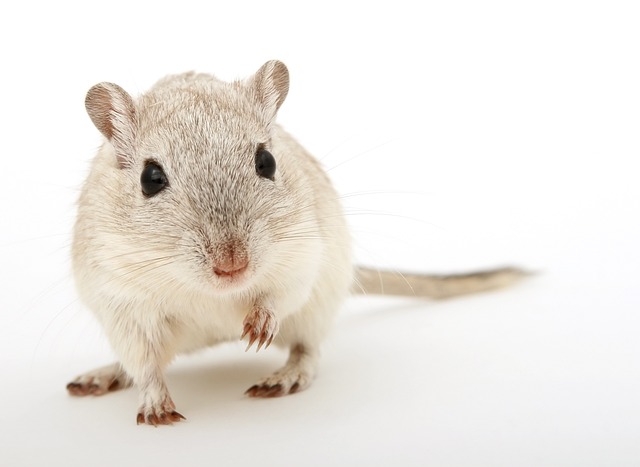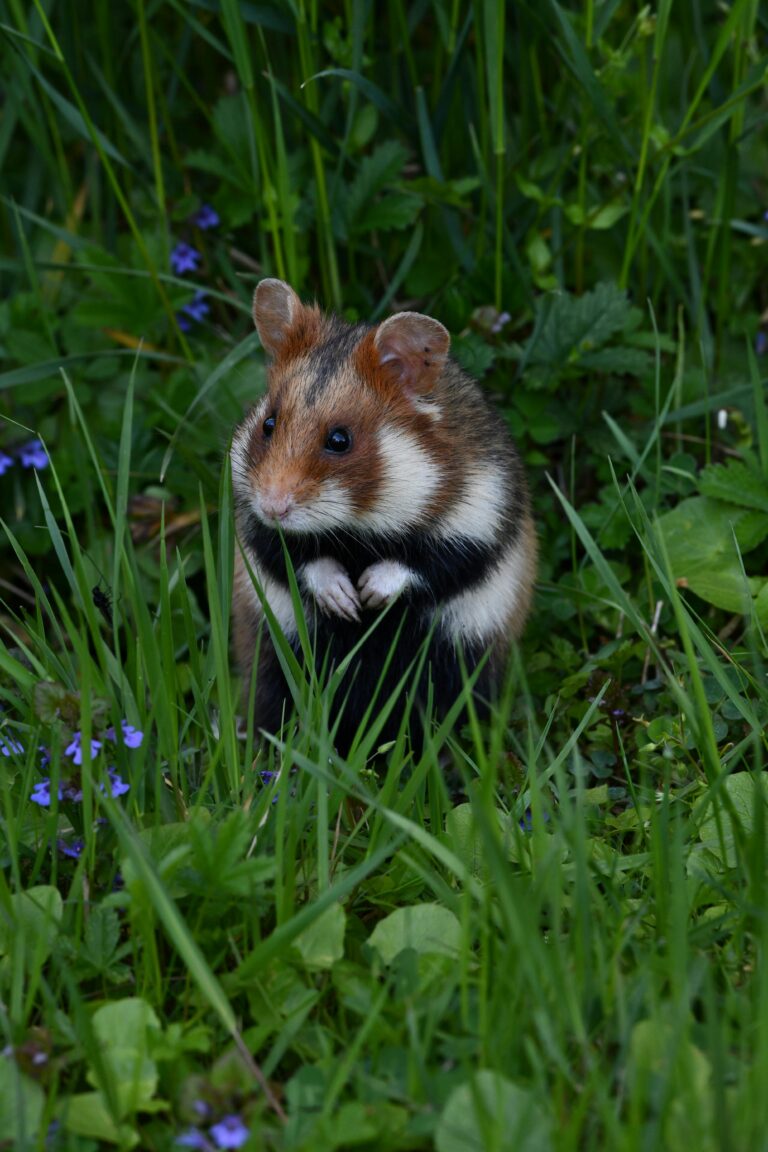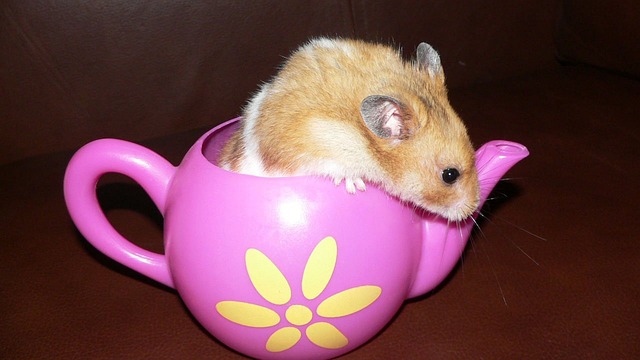How To Make My Pet Hamster Happy
Providing a Spacious and Stimulating Habitat
As a responsible hamster owner, one of the most important things you can do to ensure your furry friend’s happiness and well-being is to provide them with a spacious and stimulating habitat. A well-designed home will not only keep your hamster physically healthy but also mentally enriched. In this article, we’ll explore the key elements of creating an ideal living space for your pet hamster.
Choose the Right Cage Size
When it comes to hamster cages, bigger is always better. A larger cage allows your hamster to engage in natural behaviors like running, burrowing, and exploring. The minimum recommended cage size for a single hamster is 24 inches by 12 inches, with a height of at least 12 inches. However, if you have the space and resources, opt for an even larger cage to give your hamster more room to roam.
Provide Comfortable Bedding
Hamsters love to burrow and create cozy nests, so it’s essential to provide them with plenty of bedding material. Avoid using cedar or pine shavings, as they can be harmful to your hamster’s respiratory system. Instead, choose safe and absorbent options like paper-based bedding or aspen wood shavings. Make sure to provide a depth of at least 2-3 inches of bedding to allow for proper burrowing.
Include a Variety of Toys and Accessories
To keep your hamster mentally stimulated, it’s crucial to include a variety of toys and accessories in their habitat. Some must-have items include:
- Exercise Wheel: Hamsters are active creatures and need a way to burn off energy. Provide a solid-surface exercise wheel to prevent injuries.
- Hideouts and Tunnels: Hamsters feel secure when they have places to hide and explore. Include hideouts like wooden huts, ceramic caves, or even cardboard tubes.
- Chew Toys: Hamsters’ teeth continuously grow, so they need to chew to keep them trimmed. Offer wooden chew toys, hay cubes, or apple branches to satisfy this natural urge.
- Climbing Accessories: Hamsters enjoy climbing and exploring different levels. Include ramps, platforms, and ladders to create an exciting vertical space.
Maintain a Clean and Tidy Environment
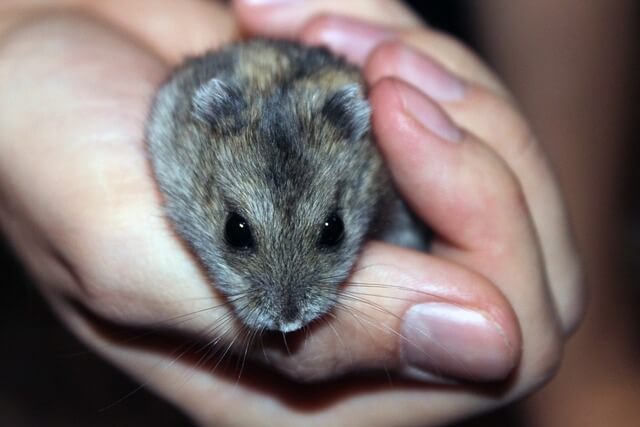
A clean habitat is essential for your hamster’s health and happiness. Perform a thorough cleaning of the cage once a week, replacing all the bedding and washing the accessories with a mild, unscented soap. Spot-clean the cage daily by removing soiled bedding, uneaten food, and droppings.
By providing your hamster with a spacious, stimulating, and well-maintained habitat, you’ll be setting the foundation for a happy and thriving pet. Remember, a content hamster is one that can express their natural behaviors and enjoy a comfortable living space.
Ensuring a Healthy and Balanced Diet
Providing your pet hamster with a healthy and balanced diet is essential for their overall well-being and longevity. A proper diet will not only keep your furry friend physically fit but also contribute to their mental health and happiness. In this article, we’ll discuss the key components of a well-rounded hamster diet and offer tips on how to ensure your pet receives the necessary nutrients.
Choose a High-Quality Hamster Food
The foundation of your hamster’s diet should be a high-quality, commercially prepared hamster food. Look for a product that is specifically formulated for hamsters and contains a balanced mix of protein, carbohydrates, and fat. Avoid generic “small animal” foods, as they may not meet your hamster’s specific nutritional needs. A good hamster food will also include essential vitamins and minerals to support overall health.
Provide Fresh Fruits and Vegetables
In addition to their staple diet, hamsters can benefit from a variety of fresh fruits and vegetables. These foods offer additional nutrients, moisture, and dietary fiber. Some hamster-safe options include:
- Vegetables: Carrots, cucumber, zucchini, lettuce, and spinach.
- Fruits: Apples (without seeds), blueberries, strawberries, and bananas.
Introduce new foods gradually and in small quantities to avoid digestive upset. Remember to remove any uneaten fresh food daily to prevent spoilage.
Offer Protein Sources
Hamsters require protein for proper growth, muscle maintenance, and overall health. While their staple food should provide adequate protein, you can also offer occasional protein-rich treats such as:
- Mealworms or crickets (live or dried)
- Small pieces of hard-boiled egg
- Plain, low-fat yogurt drops
Offer these protein sources in moderation, as excessive protein intake can lead to health issues.
Limit Treats and Avoid Harmful Foods
While it’s tempting to spoil your hamster with treats, it’s essential to keep them to a minimum. Treats should make up no more than 10% of your hamster’s daily diet. Some safe treat options include:
- Unsweetened whole-grain cereals
- Sunflower seeds (in moderation)
- Hamster-specific treats from reputable brands
Avoid giving your hamster foods that are high in sugar, fat, or artificial additives. Also, steer clear of toxic foods such as chocolate, onions, garlic, and raw beans.
Provide Fresh Water Daily
In addition to a balanced diet, your hamster needs access to clean, fresh water at all times. Provide a water bottle with a sipper tube attached to your hamster’s cage, and refill it daily. Regularly clean the water bottle and sipper tube to prevent bacterial growth.
By ensuring your pet hamster receives a healthy and balanced diet, you’ll be supporting their overall well-being and providing them with the nutrients they need to thrive. A well-nourished hamster is a happy hamster, so take the time to plan and provide a diet that meets their specific needs.
Offering Opportunities for Exercise and Play
Providing your pet hamster with ample opportunities for exercise and play is crucial for their physical health, mental well-being, and overall happiness. Hamsters are active creatures that require stimulation and engagement to thrive. In this article, we’ll explore various ways to ensure your furry friend gets the exercise and play they need to lead a fulfilling life.
Provide a Spacious Habitat
The foundation of a happy and active hamster is a spacious habitat that allows them to run, explore, and play. Ensure your hamster’s cage is at least 24 inches by 12 inches, with a height of 12 inches or more. A larger cage will give your hamster ample room to move around and engage in natural behaviors.
Include an Exercise Wheel
One of the most essential items for your hamster’s exercise routine is a high-quality exercise wheel. Hamsters are known for their love of running, and a wheel provides them with an outlet for this instinctive behavior. Choose a solid-surface wheel to prevent injuries and ensure it is appropriately sized for your hamster species.
Create an Enriching Environment
To encourage play and exploration, create an enriching environment within your hamster’s habitat. Include various toys and accessories such as:
- Tunnels and hideouts: Hamsters love to burrow and hide, so provide them with tubes, tunnels, and hideouts made from wood, ceramic, or pet-safe plastics.
- Climbing accessories: Incorporate ramps, ladders, and platforms to create a multi-level environment that encourages climbing and exploration.
- Chew toys: Hamsters need to chew to keep their ever-growing teeth in check. Offer wooden chew toys, hay cubes, or apple branches to satisfy this natural urge and provide mental stimulation.
Offer Out-of-Cage Playtime
In addition to in-cage exercise, hamsters benefit from supervised out-of-cage playtime. Set up a safe, enclosed area where your hamster can explore and interact with you. Ensure the space is free of hazards such as electrical cords, small spaces where your hamster could get stuck, or other pets that might harm them.
During playtime, offer your hamster new toys and obstacles to keep them engaged and mentally stimulated. This can include cardboard boxes, paper towel rolls, or even a small hamster-safe ball pit.
Engage in Interactive Play
Spend quality time with your hamster through interactive play. Use treat-dispensing toys or hide small amounts of food around their play area to encourage foraging behaviors. You can also teach your hamster simple tricks using positive reinforcement, such as coming when called or navigating a small obstacle course.
Remember to supervise your hamster during playtime and keep sessions short to avoid stress or exhaustion.
Maintain a Consistent Schedule
Hamsters thrive on routine, so establish a consistent schedule for exercise and play. Set aside dedicated times each day for in-cage activity and out-of-cage playtime. This will not only help your hamster feel secure but also strengthen the bond between you and your furry friend.
By offering your pet hamster diverse opportunities for exercise and play, you’ll be promoting their physical health, mental well-being, and overall happiness. A stimulated and active hamster is a content hamster, so make sure to prioritize these essential aspects of their care.
Building a Strong Bond with Your Hamster
Developing a strong bond with your pet hamster is essential for creating a trusting and enjoyable relationship. A close bond not only enhances your hamster’s overall well-being but also makes your experience as a pet owner more rewarding. In this article, we’ll explore various strategies and techniques for building a lasting and meaningful connection with your furry friend.
Spend Quality Time Together
One of the most important aspects of bonding with your hamster is spending quality time together. Set aside dedicated periods each day to interact with your pet, whether it’s through playtime, training sessions, or simply sitting quietly near their cage. Consistency is key, as regular interaction helps your hamster become more comfortable with your presence and associate you with positive experiences.
Be Patient and Gentle
Hamsters are naturally timid creatures, and building trust takes time and patience. When first bringing your hamster home, give them a few days to adjust to their new surroundings before attempting to handle them. Once they seem more comfortable, start by offering treats through the cage bars to encourage positive associations.
When you begin handling your hamster, be gentle and calm. Use slow, deliberate movements to avoid startling them, and always support their body fully. If your hamster appears stressed or agitated, give them a break and try again later.
Offer Tasty Treats
Food is a powerful tool for bonding with your hamster. Offer your furry friend small, tasty treats during your interactions to create positive associations with your presence. Some hamster-safe treat options include:
- Small pieces of fresh fruits and vegetables
- Sunflower seeds (in moderation)
- Commercially prepared hamster treats
Remember to introduce new treats gradually and in moderation to avoid digestive upset.
Engage in Interactive Play
Playtime is not only essential for your hamster’s physical and mental well-being but also serves as an excellent bonding opportunity. Engage your hamster in interactive play by offering toys that encourage exploration and problem-solving, such as:
- Treat-dispensing balls or puzzles
- Hiding food in various locations for your hamster to find
- Creating small obstacle courses for your hamster to navigate
Supervise your hamster during playtime to ensure their safety and to strengthen your bond through shared experiences.
Respect Your Hamster’s Boundaries
While it’s essential to spend time with your hamster, it’s equally important to respect their boundaries and individual personality. Some hamsters may be more social and eager to interact, while others may prefer more solitude. Pay attention to your hamster’s body language and behavior to gauge their comfort level.
If your hamster appears stressed or uninterested in interaction, give them space and try again later. Never force interaction, as this can damage the trust you’ve worked so hard to build.
Maintain a Consistent and Positive Environment
Hamsters thrive on consistency and routine. Maintain a regular schedule for feeding, playtime, and cage cleaning to help your hamster feel secure and comfortable. Ensure their living environment is always clean, safe, and well-stocked with essential items like fresh food, water, and enrichment toys.
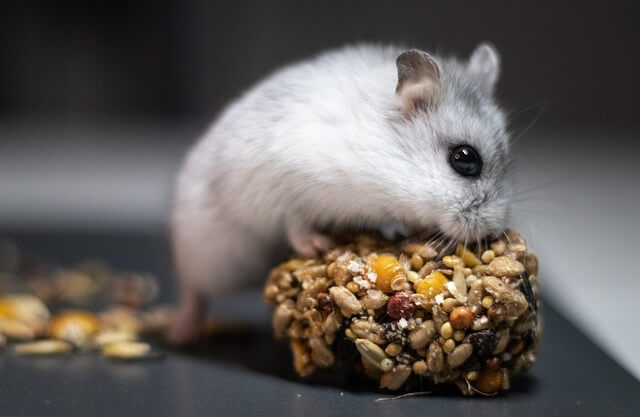
By consistently providing a positive and nurturing environment, you’ll foster a deep and lasting bond with your pet hamster.
Building a strong bond with your hamster takes time, patience, and dedication. By spending quality time together, engaging in interactive play, offering tasty treats, and respecting your hamster’s boundaries, you’ll create a trusting and rewarding relationship that brings joy to both you and your furry friend.


